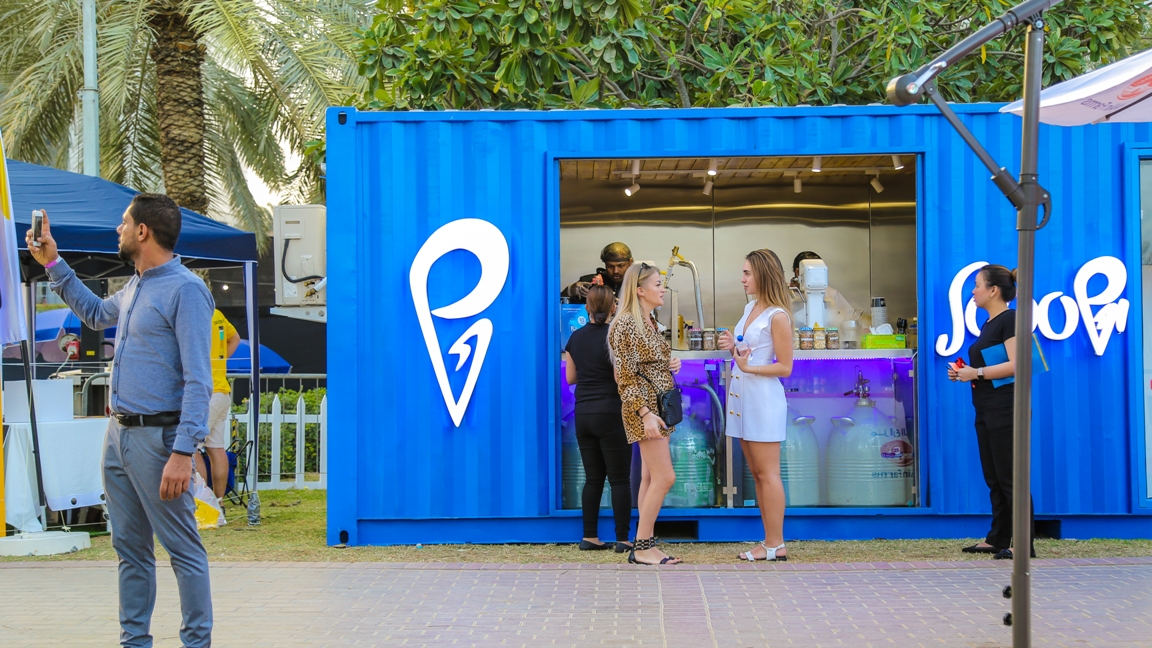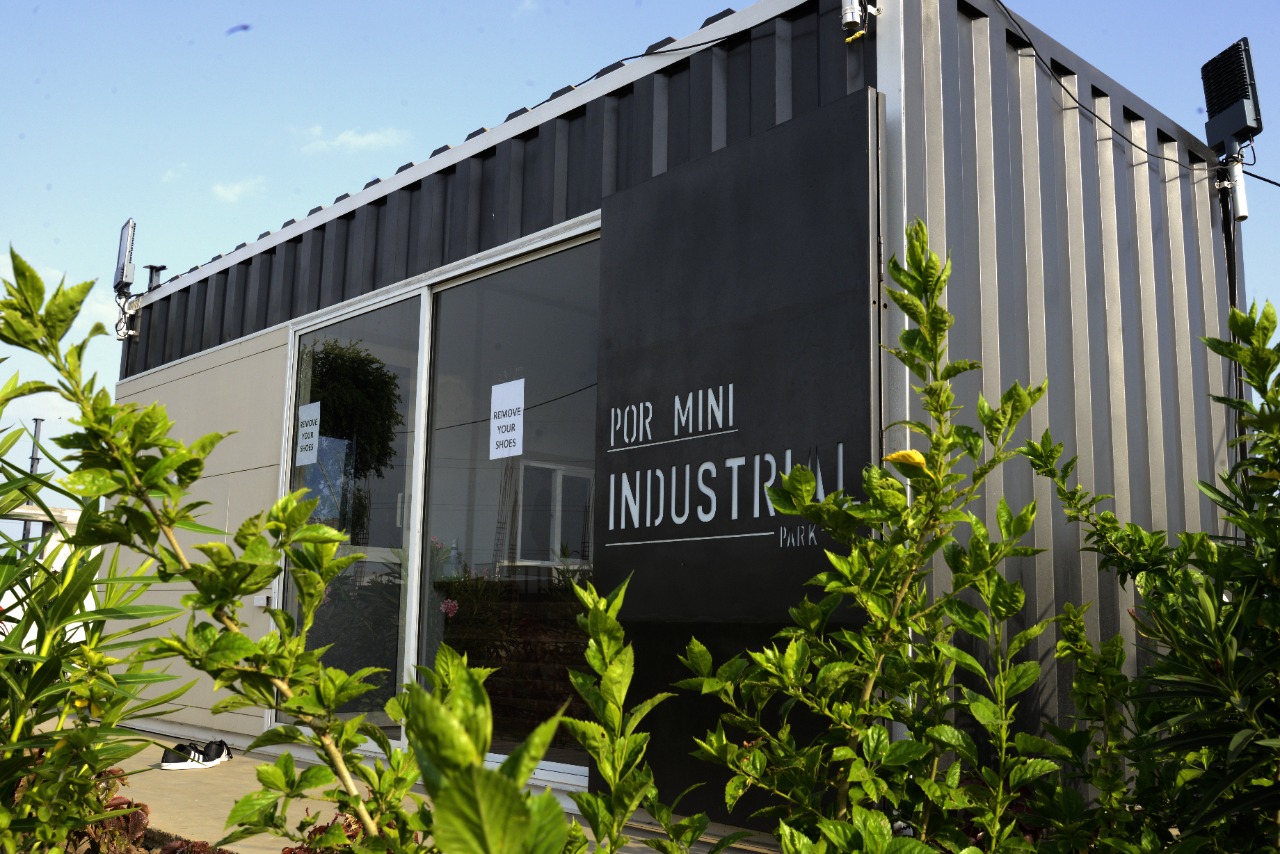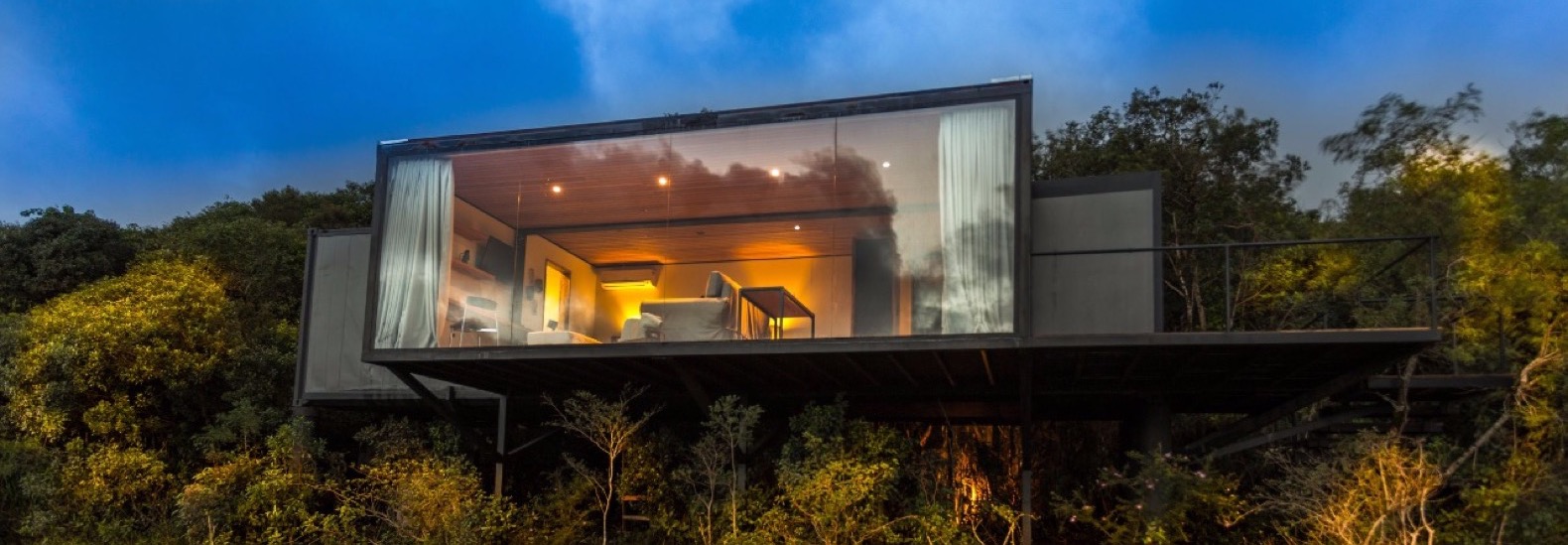
Innovating Dining Experiences: The Allure of Container Food Courts
Introduction
In the ever-evolving world of culinary ventures and urban design, the concept of a “Container Food Court” is carving out its niche. A Container Food Court brings together delectable cuisine and creative architecture, delivering a unique dining experience that tantalizes the taste buds while offering a feast for the eyes. In this article, we’ll dive into the captivating world of Container Food Courts, exploring their advantages, design intricacies, and the immersive culinary journeys they provide.
The Concept of Container Food Courts
Container Food Courts are a vibrant convergence of culinary diversity and repurposed shipping containers. These open-air dining spaces utilize containers as compact, customizable food stalls, creating a dynamic and engaging atmosphere for food enthusiasts and social gatherings.
Benefits of Container Food Courts
- Variety and Choice: Container Food Courts house an array of food vendors, each offering a distinct cuisine. From gourmet burgers to exotic street food, patrons can indulge in diverse culinary experiences all in one place.
- Urban Revitalization: By transforming underutilized spaces into bustling food hubs, Container Food Courts contribute to urban revitalization. They can rejuvenate forgotten corners of the city and attract foot traffic.
- Architectural Aesthetics: The juxtaposition of industrial containers against a backdrop of seating areas, greenery, and decorative elements creates an inviting and Instagram-worthy ambiance.
- Social Gathering Hub: Container Food Courts provide a communal space where friends and families can gather, mingle, and enjoy their favorite dishes together, fostering a sense of community.
- Flexibility and Scalability: The modular nature of shipping containers allows for easy expansion or reconfiguration. As new vendors join, the food court can adapt and grow seamlessly.
Designing a Captivating Container Food Court
Designing a Container Food Court involves a blend of culinary curation and architectural creativity. Here are some key considerations:
Location and Accessibility
Choose a well-trafficked area that offers easy access to foot traffic. Proximity to public transportation, residential areas, and business districts can enhance the food court’s popularity.
Container Layout
Arrange containers strategically to create inviting pathways and seating zones. Consider factors like shade, visibility, and natural flow of visitors.
Aesthetic Elements
Incorporate design elements that reflect the food court’s theme or the local culture. Art installations, murals, and creative seating arrangements can add to the overall ambiance.
Infrastructure and Utilities
Ensure that containers are equipped with the necessary utilities, including electricity, water supply, and waste disposal systems. Vendors need well-functioning kitchens to deliver their culinary delights.
Sustainability Efforts
Embrace sustainable practices by incorporating energy-efficient lighting, recycling stations, and eco-friendly materials wherever possible.
Signage and Branding
Create clear and attractive signage for each vendor. Consistent branding and captivating visuals can enhance the overall appeal of the Container Food Court.
Savoring the Experience
Imagine indulging in a delicious taco while seated on a repurposed container, surrounded by vibrant colors and the aroma of global cuisines. Container Food Courts offer more than just a meal; they offer an immersive dining adventure that engages all the senses.
Conclusion
Container Food Courts are redefining the culinary landscape, merging gastronomic delights with architectural innovation. By transforming shipping containers into vibrant food stalls, these spaces cultivate an atmosphere of culinary exploration and community engagement. As you embark on your next dining escapade, consider the allure of a Container Food Court – a place where flavors, aesthetics, and social interactions come together to create an unforgettable experience.

